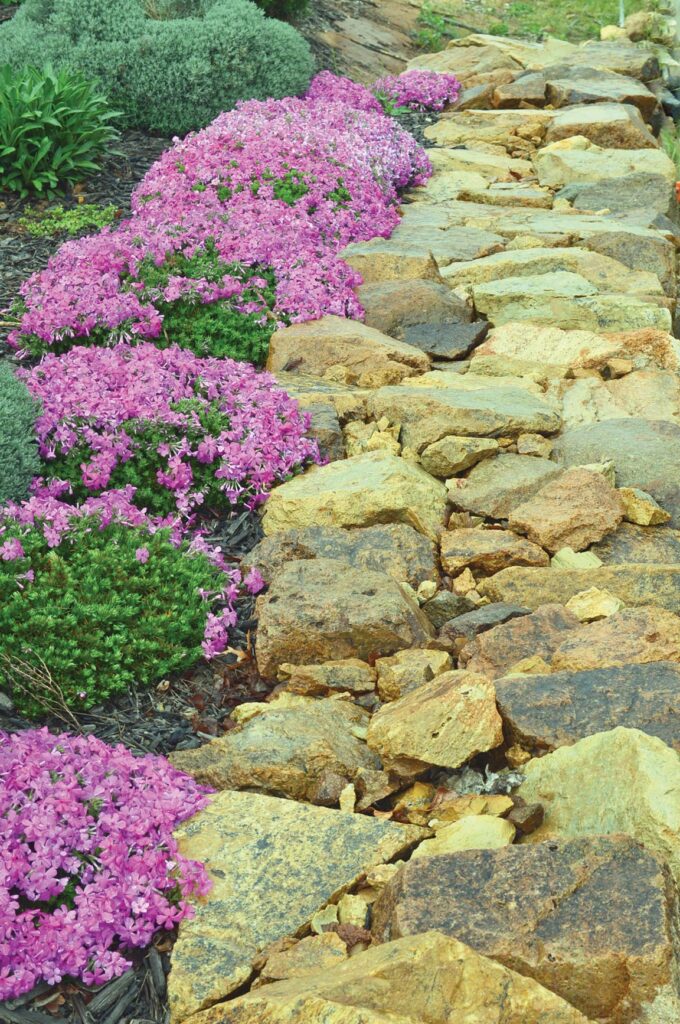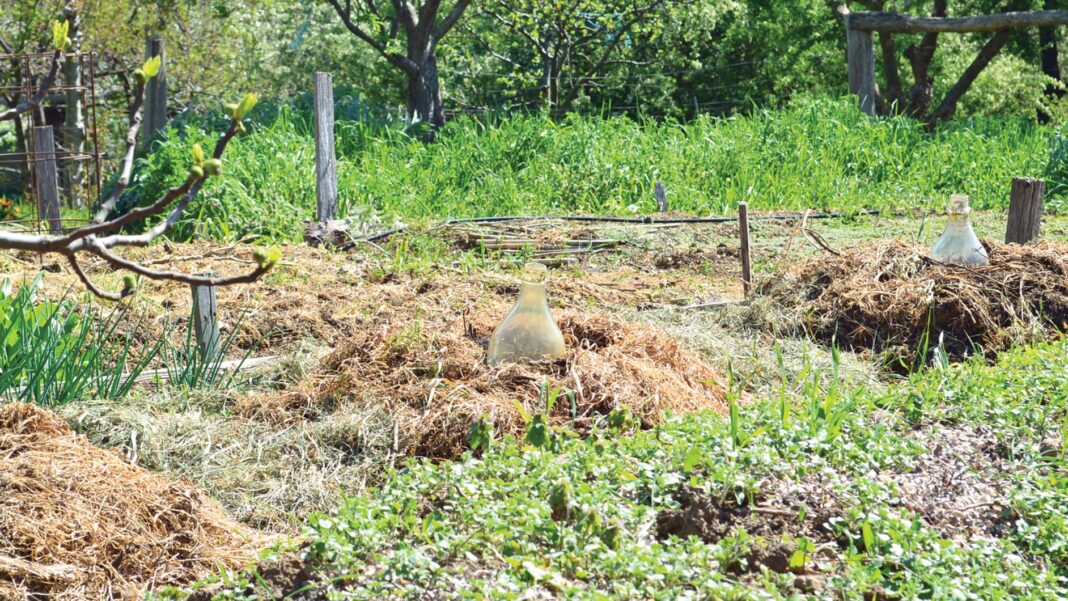As the days get increasingly shorter and the nights cool and frosty, it is time to consider your garden and how this weather affects your plants.
As air and soil temperatures head south, plant growth comes to a standstill in all but the hardiest species, with many entering dormancy to better cope with sub-zero temperatures and low light. Fortunately, these changes mostly take place over an extended period, allowing plants to adjust.
There are steps you can take when designing your garden space that will help reduce the severity of frost and its impact on plants.
Cool winter air creeps downhill along the ground and pools in depressions or when it reaches barriers such as structures or dense plantings. You can help redirect this frosty air from your property by creating diversion arcs surrounding your garden, running downwards. These diversions can be made of hardy shrubs, which are bushy right down to the base, or materials such as rocks, blocks or bricks.

Bodies of water, rocks and even areas of paving have the ability to raise ambient temperature and reduce frost damage to sensitive plants. Water absorbs warmth during the day and gradually releases heat during the night, consequently being of great benefit to nearby plantings. Similarly, rocks can reflect or absorb heat depending on their colour – lighter coloured rocks reflect heat onto nearby areas during the day and darker colours absorb heat during the day and release it throughout the night.
It is also beneficial to consider and practise the following when maintaining your garden and its precious inhabitants over the winter months:
- When planting cold-sensitive plants, position them so they don’t receive first morning light to allow foliage time to thaw out gradually, minimising potential damage to cell structure.
- Water during the morning so foliage and the surrounding soil has plenty of time to dry – excess moisture leaves an icy residue overnight.
- Avoid pruning during cooler weather as sensitive new growth is more prone to frost damage.
- Leave frost-damaged foliage on plants until mid-spring for added protection.
- Avoid applying thick layers of mulch as it prevents warming winter sunlight reaching the soil.
- Provide extra protection to cold-sensitive plants by erecting cloches made of materials such as glass, hessian, shade cloth or thick plastic.
- Intermittent applications of organic products containing potassium, such as kelp, can help strengthen plant cell walls and increase frost resilience.
- Avoid purchasing and planting cold-sensitive plants until mid to late spring when chances of heavy frosts have passed. This way plants have a full growing season to establish before the following winter. If you do make any plant purchases, ensure they are locally grown or sourced from a similar climate to ours.
More stories:



